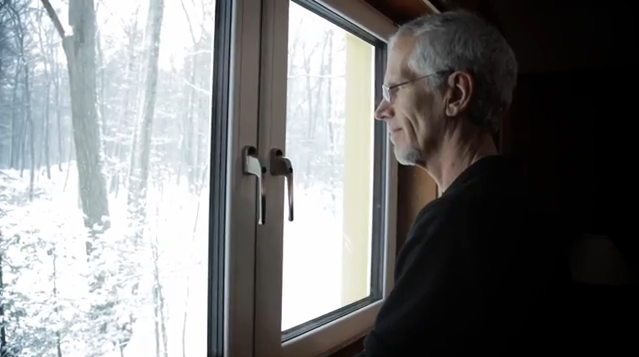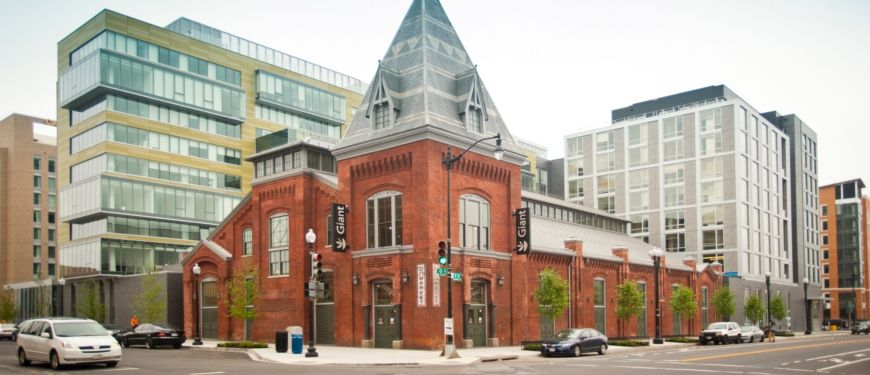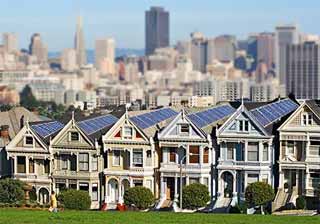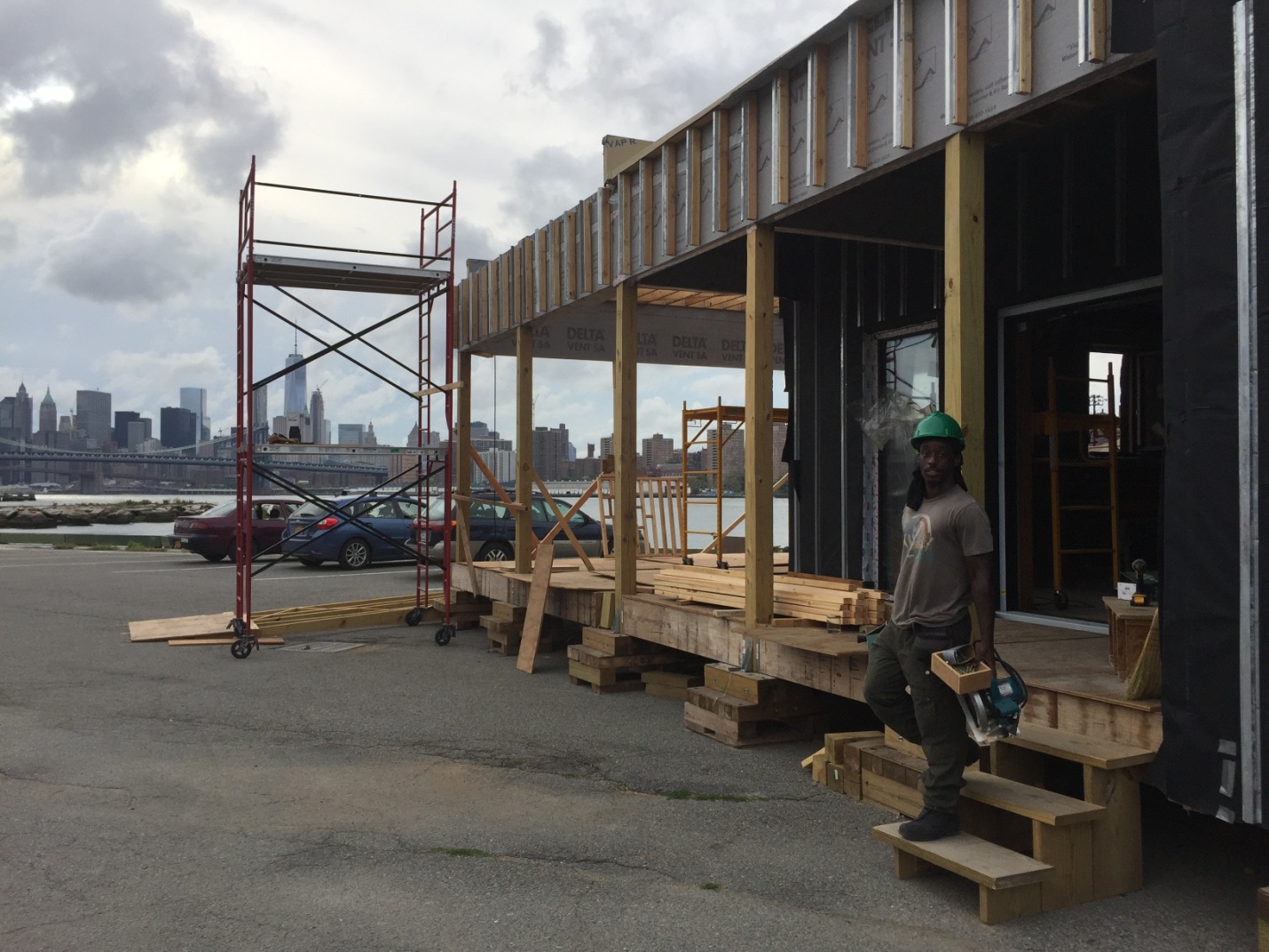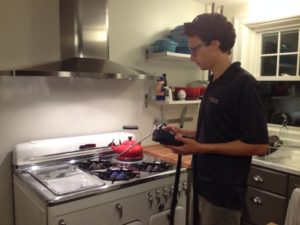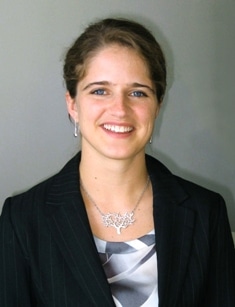- October 02, 2015
- 0 Comments
- In Miscellaneous
- By Heather Breslin
It’s October and a burgeoning category 3 hurricane is forecasted to make its way up the East Coast within the coming week. Somehow this all seems familiar.
It’s been 3 years since Superstorm Sandy came ashore in the New York Metro Area. Much of the damage has been repaired and structures rebuilt, but have we done enough to mitigate the impact of a similar catastrophe? I think we can all agree that likely, we have not. However, progress has been made, and at SWA, we have been working hard over the past 3 years to improve the strength of our buildings through providing resiliency assessments and remediation planning. It’s not a fix-all for the region, but it has helped some buildings to implement upgrades that might make a big difference in the next week. (more…)

